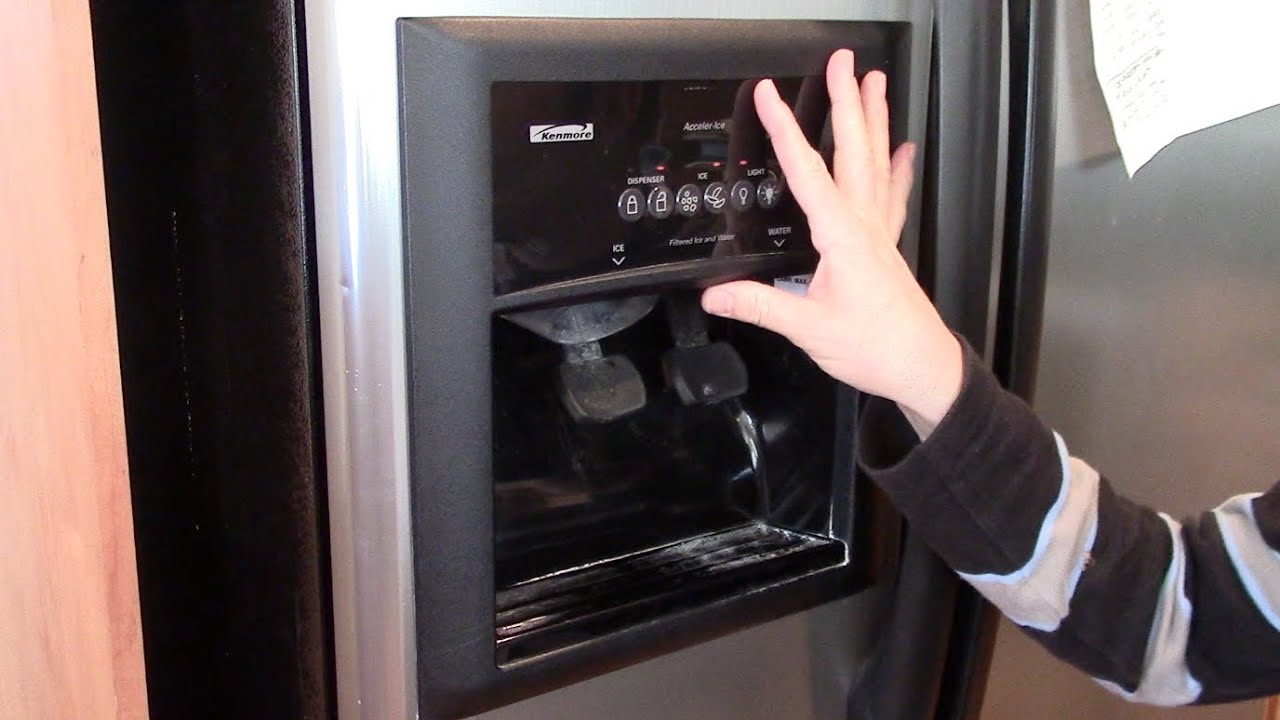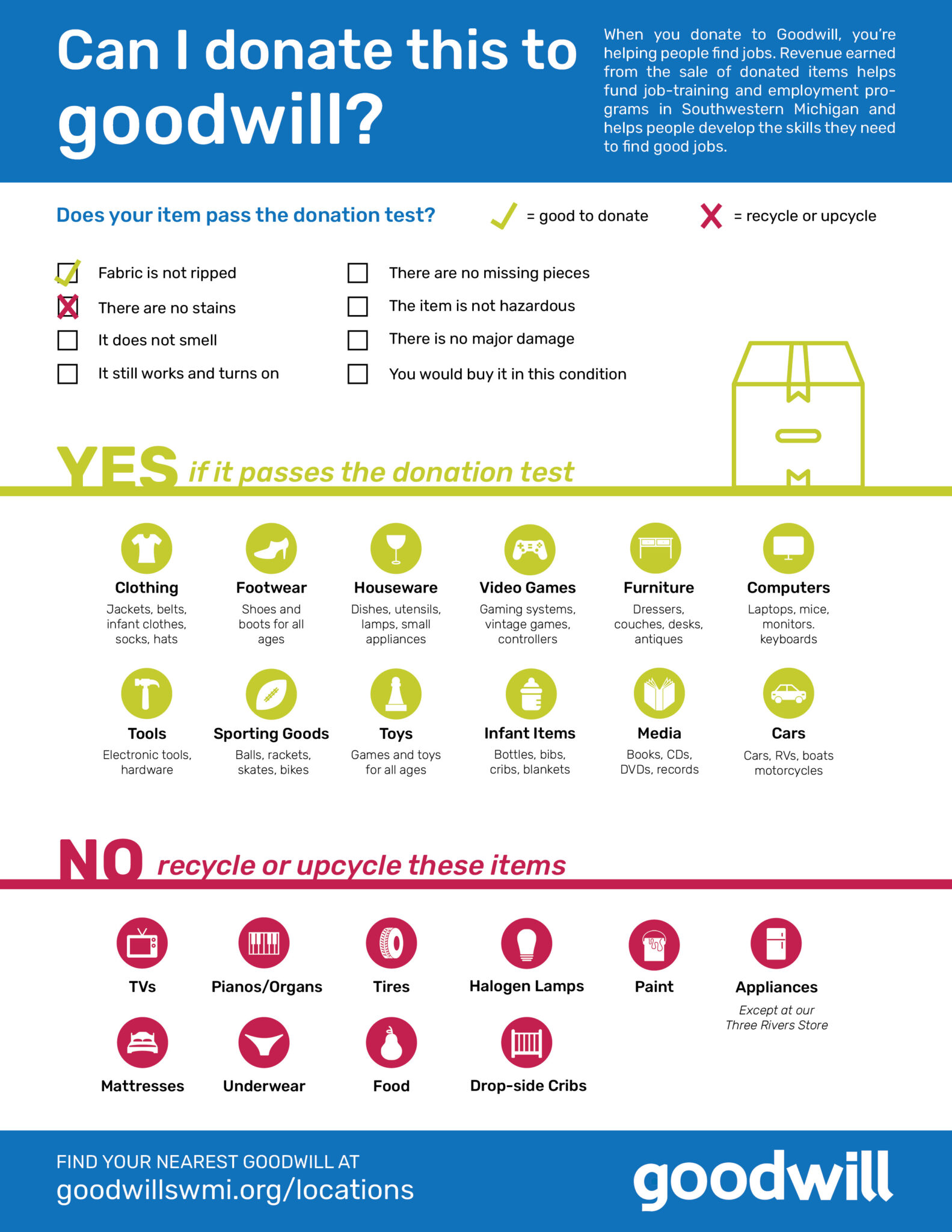What does a Lighting Designer do?
A Lighting Designer will work with all members of the production team, particularly the Director, Designer and Lighting Technicians. They will design the look and feel of the lighting, lasers, strobes, spots and sometimes video for a performance. Lighting Designers play a crucial role in enhancing the storytelling visually.
What are the main responsibilities of a Lighting Designer?
- Collaborating with the creative team to come up with ideas
- Creatively design the lighting while also lighting the stage practically
- Be aware of health and safety aspects
- Write a lighting plot/script by using computer-aided design (CAD) software or hand-drawn diagrams to plot the lighting design
- Note where there are any lighting changes to the design
- Attend some initial meetings and rehearsals
- Attend technical rehearsals to ensure your lighting plan is cohesive and operable
- Be aware of budgets and energy use
What qualifications do I need to be a Lighting Designer?
While you do not need a degree for this role, here are some useful subjects and courses that you can study to gain knowledge and experience.
School subjects that are relevant for lighting design are:
- Drama and Theatre Studies
- Art and Design
- Electronics
- Physics
- Photography
- Media Studies
Further education at colleges or universities:
- Lighting Design and Technology
- Technical Theatre
- Theatre Lighting Design
- Electrical Engineering
What skills do I need to be a Lighting Designer?
- Technical skills and knowledge
- Programming skills
- Ability to work under pressure to tight deadlines
- Good communicator
- Excellent colour vision
- Creativity
- Theatre knowledge
What does a career in lighting design look like?
You could start as Crew or a Lighting Technician/Theatre Technician and then, once you have more experience, move into a Lighting Designer role. With all of your work, it is best to keep production images and a portfolio. Find out how to make a portfolio here.
How much can a Lighting Designer earn?
Most Lighting Designers are employed on a freelance basis, meaning that you are self-employed. In bigger theatres, some employ a resident Lighting Designer which pays an annual salary, however this is rare. Your fee as a freelance Lighting Designer can vary from a daily rate to a larger fee for the completion of the whole show.
The above is a guide. Pay, salary or fee can vary depending on the theatre or company, as well as your personal experience. National institutions or commercial productions can pay in excess of the above, with profit-share or community theatre paying less.
What does a lighting designer do in theatre?
I’ve been getting into tech theatre at my high school and really enjoy the lighting aspect. What are the responsibilities of a lighting designer in a professional theatre setting? Is it a career worth pursuing?
8 months ago
In a professional theater, the lighting designer plays a crucial role in shaping the audience’s experience. Their main duties include designing the visual concept for the show in liaison with the director, production team, set and costume designers. They sketch or create models, diagrams, or computer-rendered visualizations of the lighting for the entire production.
The lighting designer chooses suitable lighting fixtures and their placement, decides on colors, intensity, and when and where light changes should occur. They direct the setup and programming of lights, ensuring they illuminate the performers and set in a way that matches the tone or mood of each part of the performance.
Once the show is in run, the lighting designer might have to address and rectify any technical issues – unanticipated changes in the lighting can dramatically affect the visual aesthetics of the show.
Is it a career worth pursuing? Well, it depends on your personal interest and passion. If you’re fascinated by light and its capacity to tell a story, create mood, and enhance performances, then it can be a gratifying and exciting career. You get the chance to work with performances, create visually impactful lighting designs, and directly contribute to the success of the production.
Remember that a lighting design career path may require working under pressure, keeping up with technological advancements, and often working long, irregular hours, especially during the production setup and opening nights.
This career also tends to be project-based, so there can be periods of intense work followed by periods of little or no work. However, many lighting designers find the challenge and creative opportunities rewarding. You can expand your opportunities by being open to work in different settings, not just theatre, but also dance productions, concerts, corporate events, or even architectural design.
Entering the profession can be competitive, and it often requires a combination of formal education in theater technology or design, as well as practical experience. But given that you’re already interested and involved in high school, it could be a great path for you! It’s always a good idea to seek out internships, apprenticeships, or mentorships to gain more hands-on experience in the industry.
8 months ago
About CollegeVine’s Expert FAQ
CollegeVine’s Q&A seeks to offer informed perspectives on commonly asked admissions questions. Every answer is refined and validated by our team of admissions experts to ensure it resonates with trusted knowledge in the field.
https://getintotheatre.org/blog/what-does-a-theatre-lighting-designer-do/https://www.collegevine.com/faq/160426/what-does-a-lighting-designer-do-in-theatre



